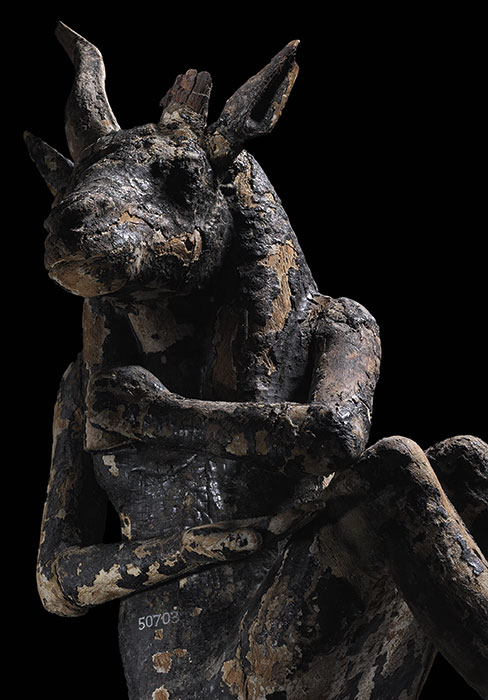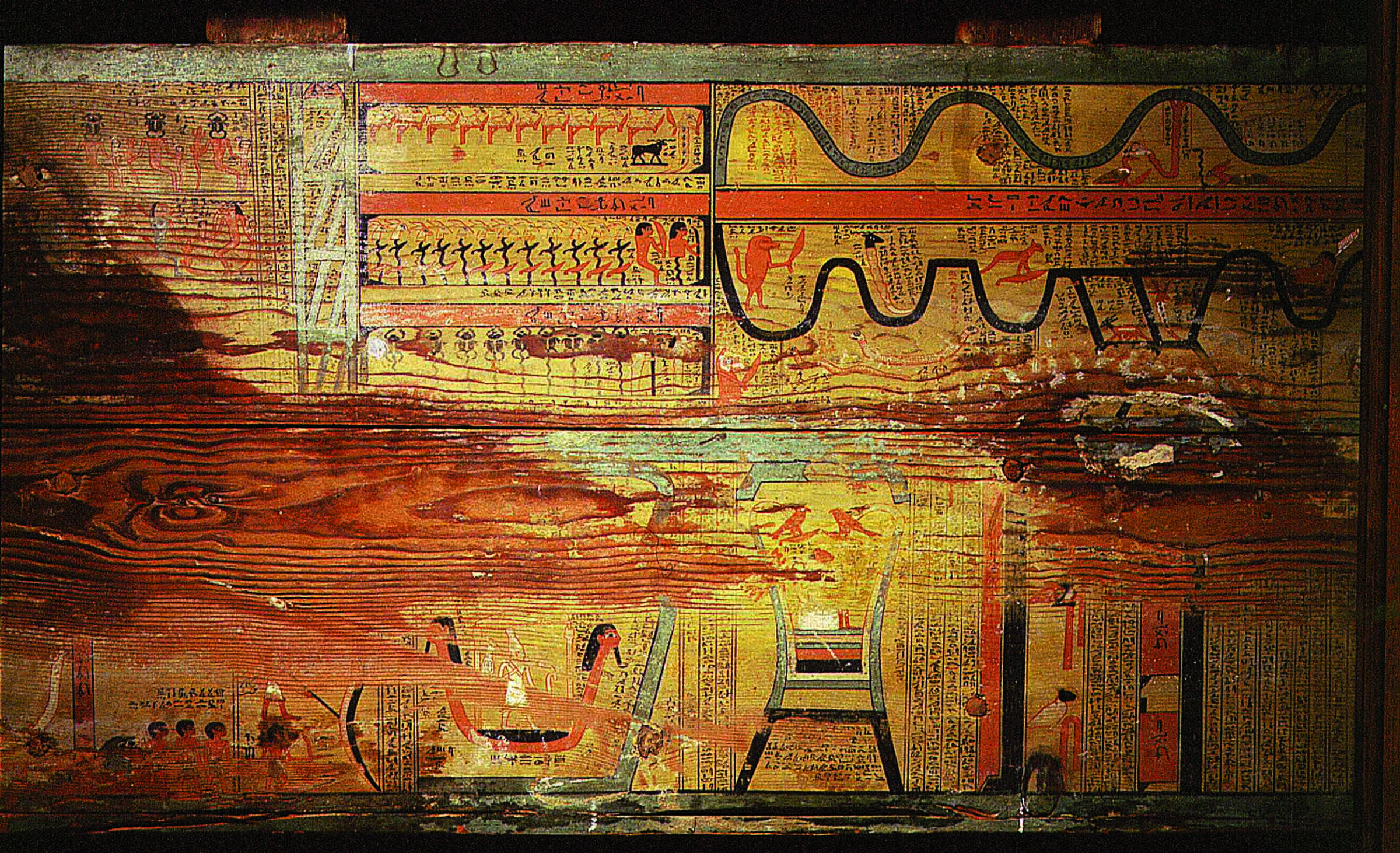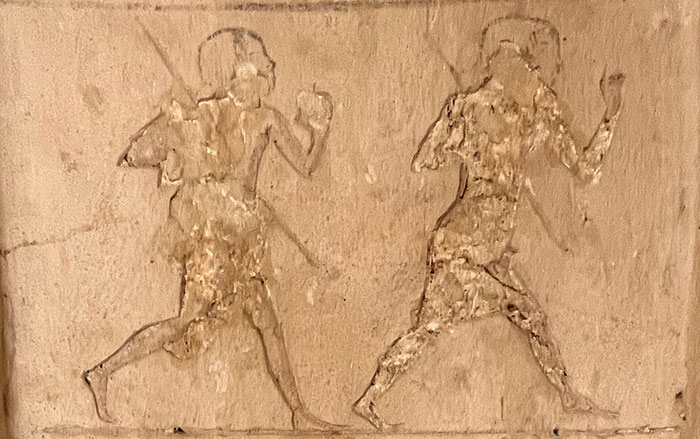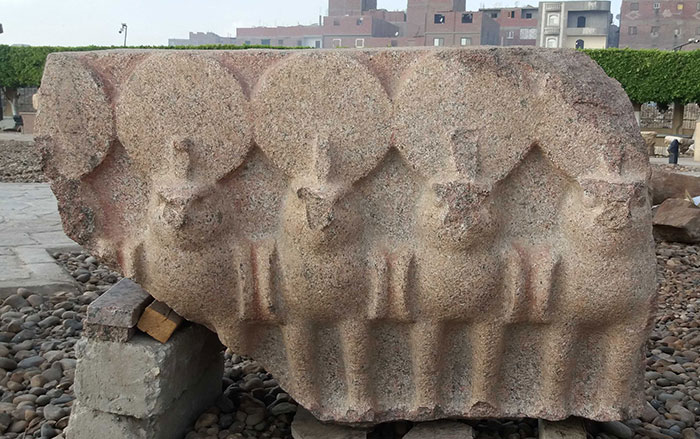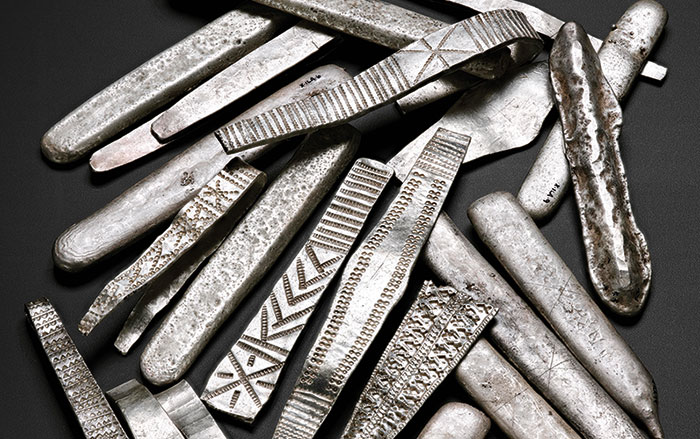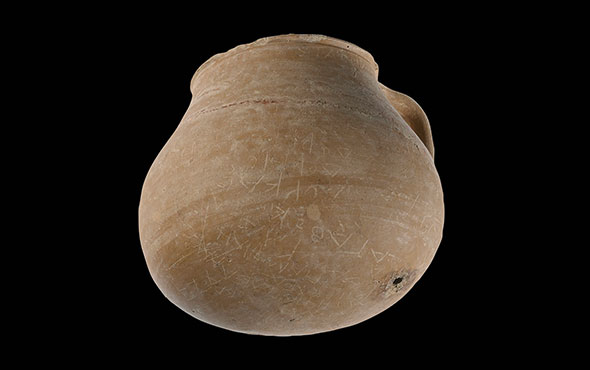
The 18th Dynasty pharaoh Akhenaten (r. ca. 1349–1336 B.C.) is known for radical religious reforms that elevated the sun god Aten to the status of Egypt’s paramount deity. The pharaoh also ordered a new capital city to be built at the site of Amarna, giving workers only a few years to complete this massive undertaking. Akhenaten’s religious reforms did not outlive him. They were soundly rejected by his successors, who also abandoned Amarna. But Egyptologist Kasia Szpakowska has found that one religious innovation that occurred during Akhenaten’s reign did endure for hundreds of years. She has discovered that clay cobra figurines that became common during the New Kingdom (ca. 1550–1070 B.C.) first appeared in the homes of workers living in Amarna.
Excavations of workers’ cemeteries in the short-lived capital city show that common people living there endured grim conditions. Their bones show evidence of repetitive stress injuries, malnutrition, and trauma that suggest they had been victims of severe punishment. “They must have been suffering from intense anxiety,” says Szpakowska. “Firstly, they were moved to a new capital city, and then they seem to have been subjected to harsh working conditions and corporal punishment.” She suggests that these people, grinding out an existence in a forbidding new location where their traditional beliefs were suppressed, turned to the cobra as a divine protector.
As an animal that fiercely defends its own life, the cobra may have been considered a powerful demon that workers could invoke to protect their own ka, or divine spirit. Some 125 fragments of cobra figurines have been found in laborers’ homes at Amarna and in buildings there such as bakeries. It’s possible many more were discarded by excavators who did not initially recognize the significance of the clay objects, which are often simply made and do not always retain their shape. The tradition of revering these humble idols eventually spread throughout Egypt. Judging by the frequency with which the figurines are found in border forts, it seems soldiers had a special connection to the cobra demon. They may have called upon its support when they found themselves living in strange conditions, far from the familiar comforts of home.



